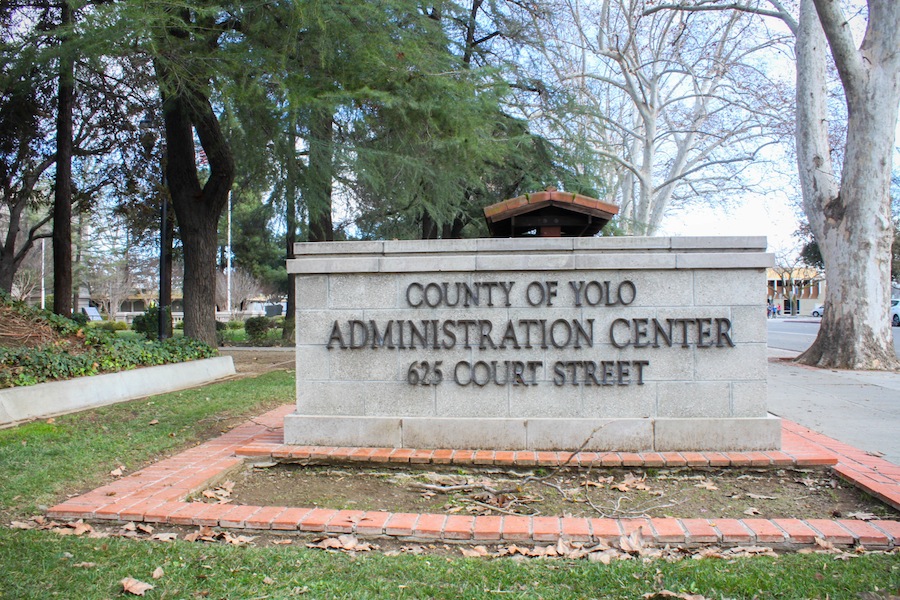
Recent report finds that many other California counties rates also higher
Yolo County’s poverty rate remains higher than before 2007, prior to the onset of the Great Recession, according to a new report issued by the California Budget & Policy Center from the beginning of this year
This report, titled “Few California Communities Have Fully Made Up Ground Lost Due to the Great Recession,” used the U.S. Census Bureau’s official poverty measure to determine its findings.
The report concluded that in Yolo County alone, more than 18 percent of individuals were living in poverty. The report also looked specifically at childhood poverty rates. It found that there was an increase in poverty rates by nearly 3 percentage points between 2007 to 2015, with about 17 percent of children living in poverty in 2015.
For the greater Sacramento region, three other counties rates remain higher, occurring in Placer, Sacramento and Sutter counties. Not only are the surrounding region’s poverty rates higher than before 2007, but so are 26 other counties rates across California. Kings, Madera and Sutter counties were found to have the highest recorded poverty rates from 2015 figures, with more than 8 percentage points higher than 2007s numbers.
These high rates of poverty seen across the state and our country indicate issue’s seriousness. Every year, millions of California residents alone cannot adequately support themselves and their families. High housing costs, the lack of affordable child care available and low-wage jobs are a few main reasons why individuals may be struggling to get by.
“For a family of four with two adults and two children, the official poverty threshold was $24,036 in 2015,” stated the Supplemental Poverty Measure: 2015 Report by the US Census Bureau.
In specific, children of color are hit hard by higher levels of poverty; Black and Latino children are about three times more likely to live in poverty than white children. Policy analysts suggest that by increasing the incomes of low-earning families to a living wage, these families struggling to get by will be able to provide better for themselves and their children.
“In California, two-thirds of the people living under the poverty line are working. It is critical that we make sure those people working having a living minimum wage,” said Steven Bliss, the director of strategic communications at the California Budget & Policy Center.
In particular, Bliss stressed the importance of making sure that the various federal and state programs such as Social Security, CalFresh and CalWorks aren’t scaled back in funding due to the assistance they provide to millions of low-income individuals each year. He argued that it is important that that our congressional delegations in both Washington, D.C. and California protect these programs since millions of people depend on them.
Written By: Anya Rehon — city@theaggie.org



